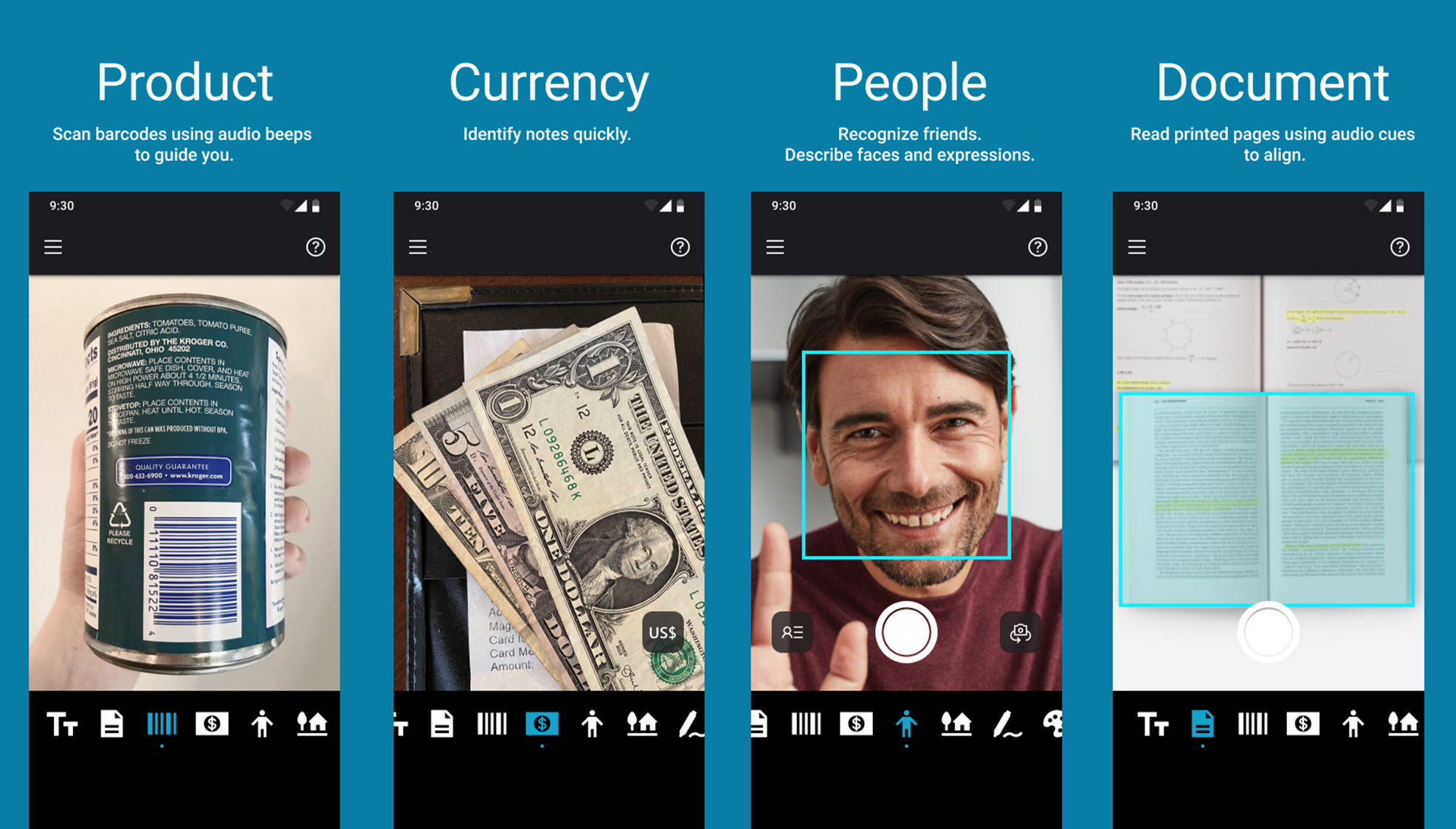Individuals who experience vision loss, whether from birth or later in life, face the challenge of navigating the world in a unique way. Understanding their perspective can be challenging for those who have vision. Nevertheless, people living with blindness lead fulfilling and independent lives, in some cases with the help of technology.

Many apps are specifically designed to help blind or visually impaired people in their everyday lives. Now, Microsoft has unveiled its Seeing AI app, which was only available in iOS but it’s now available on Android. The aim of the app is to help blind and low-vision people understand more of the world around them with the help of their phone.
Technology narrating life
Seeing AI currently works in 18 languages and Microsoft has a plan to expand it to 36 languages next year. The app verbally describes a person’s environment and is designed to assist individuals who are blind or have low vision in accomplishing tasks like reading mail, recognizing products, and interpreting photos.
Users direct their phone’s camera, take a photo, and then receive an audible description of the image. The app has different categories for different tasks. The Currency function recognizes different currencies, the People feature spots individuals that are nearby, and the Scenes feature gives a description of a photographed setting.
It also works as a barcode reader, identifying and stating information about a product based on the code scan. There’s also document recognition in which you can hold the phone over a document and the app will scan and display the words. Another handy feature is detecting light—creating an audible tone based on the level of brightness.
“There are over three billion active Android users worldwide, and bringing Seeing AI to this platform will provide so many more people in the blind and low vision community the ability to utilize this technology in their everyday lives,” Seeing AI’s founder Saqib Shaikh said in a blog post. “And as additional versions roll out, customer feedback will continue to be critical.”
The app, launched in celebration of the International Day of Persons with Disabilities, is an example of the potential of AI to do good as it becomes more intelligent and capable. Other tech companies have also recently developed their own features. Google created the Lookout app, for example, which helps people identify objects and read documents with their cameras.
There are also many others. The Guided Frame on Pixel employs audio cues and haptics to assist individuals in framing their selfies. Apple’s Point and Speak functionality audibly articulates text labels as users point to them, while Door Detection on iPhone and iPad aids individuals with visual impairment in locating doors when arriving at unfamiliar locations.


